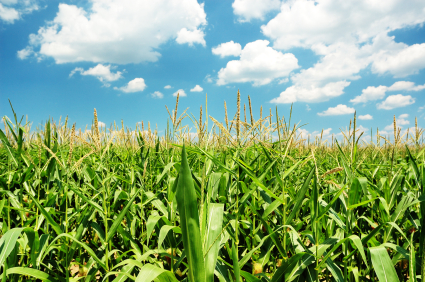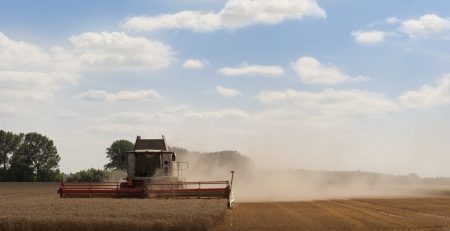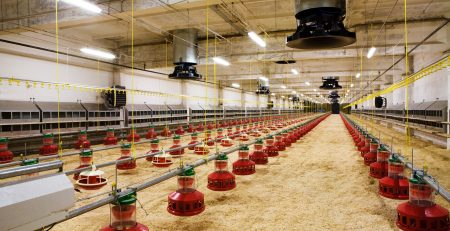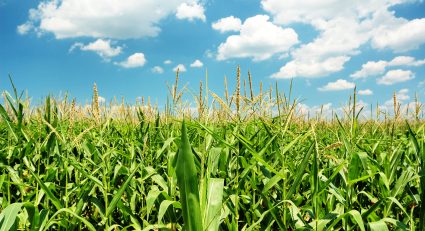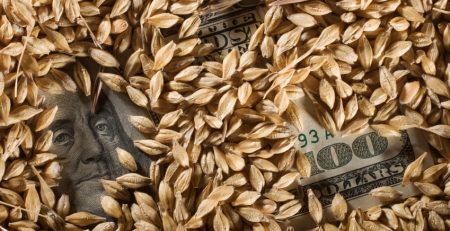Hail and Wind Damaged Corn: What You Need to Know
While recent rainfall helped alleviate some of the drought stress across the Midwest, it came at a cost. High winds and hail mean some farmers are facing ugly fields, and potentially challenging harvests.
“The rain was perfect timing for our April planted corn that’s in the middle or just getting started with the pollination process this week,” says Ken Ferrie, Farm Journal Field Agronomist. “The two inches of rain will produce more yield than the wind damage will cost. But there’s no doubt this windstorm was very expensive in both yield and harvest complications. We’ll realize the full effect of this storm in the fall.”
Several fields from Minnesota, to Kentucky suffered from wind or hail damage. Yield loss from this kind of damage varies greatly, based on how bad the event was in your area and what growth stage the corn was in.
“The younger your corn plant, the less damage you’ll see,” Ferrie says. “April-planted corn that is tasseling or one or two leaves form tasseling will have the most damage.”
When you’re scouting fields with damage, check for viable ear count. If the stalk is snapped below the ear that’s obviously a zero count. If it’s snapped above the ear it could still produce an ear, pending it’s able to get pollinated despite the top being broken off.
If the corn is lodged, older corn is more likely to continue to have potential issues.
“This older corn will tip the top of the plant back up but most of the stock is going to stay tipped,” Ferrie says. “This will put several ears on the backside of the stock, giving us some pollination issues. Half of the ear-filling leaves will also be on the downside of the stock and not receive sunlight. This will reduce grain filling capabilities and bushels.”
Later-planted corn could have some advantages over the earlier planted hybrids. In either case, start planning for a potentially challenging harvest now. If needed, start working with providers for equipment like combine reels.
Fungicide considerations
While you’re checking for ear count, keep an eye out for fungus and disease. With tasseling occurring or closing in quickly, it’s prime time to make a decision on fungicides.
“The biggest issue we must deal with is how un-uniform this April corn is,” Ferrie says. “If you’re spraying fungicide on pre-tassel corn, pull out the surfactant to prevent pinched ears. Most of the field have late emergers and replant corn in the same field, so decisions will have to be made whether to pull out surfactant or wait for the late corn to shoot a tassel before fungicide application.”
Check fields to see if the diseases are at threshold to help decide what to do about any uneven emergence issues. When it comes to hail-damaged corn, Ferrie says if fungicide is part of your normal program and standability is a concern, treat hail acres.
Content within the Farm Journal Forum is the property of Farm Journal, Inc and protected by copyright.
